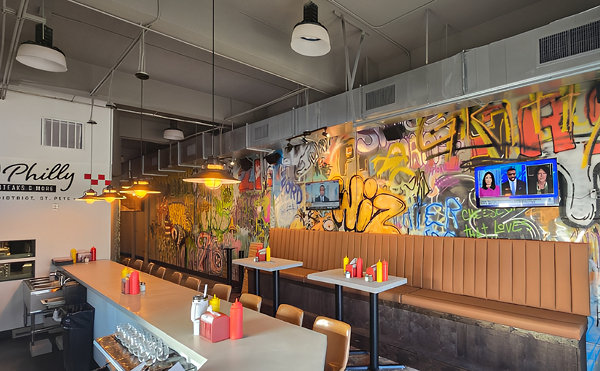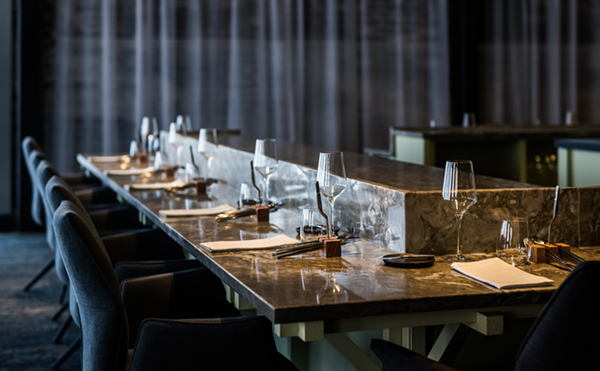I love to give dinner parties. And, conveniently, it’s an excuse to drink more wine, which is the mantra for this column. Under the influence of Julia Child, I developed a dinner party strategy based on serving multiple courses with matching wines. The basic progression is amuse-bouche, appetizer, soup, sorbet, an entrée (or two), salad, cheese and dessert.
If this seems daunting, just think about starting small and breaking down your normal dinner into its component parts — with a few additions if you prefer. Then, garnish each part as a special course in sequence over a number of hours to make a more interesting evening. You can then match a different wine to each course and give your guests a chance to sample a wide range of grapes. If you’re serving a number of small courses, I find that a single bottle of wine serves eight people because of smaller pours.
When guests arrive it’s nice to be able to greet them with Champagne or, if you prefer, Spanish cava or Italian Prosecco which are kinder on your wallet. Bubbles announce that this is a special occasion. Begin with some small amuse-bouches — a finger food with perhaps two pieces per guest.
Next, when you sit down at the table, start with a light first course or perhaps a soup. Which comes first generally depends on the wine match. If I’m starting with shellfish or a light preparation, I’ll serve a Sauvignon Blanc or Pinot Grigio.
Then, perhaps a gumbo or red pepper soup, which goes well with an off dry Riesling because the sweetness balances the spice.
You can follow that up with an oily fish like salmon or lobster in a butter-based sauce that will match with the heavier white, Chardonnay. Grilled salmon also works with a light red like pinot noir so you could skip to reds if that’s your personal preference. As long as your sequence goes from white to red, light to heavy and dry to sweet, you’ll be OK.
Before you move onto red wine or to a meat entrée, it’s nice to have a little sorbet to cleanse your palate. If you’re not up to making your own, try one of the commercially available lemon versions. It’s a nice break in the meal and sets up your palate for the change to heavier food and wine.
As you make the switch to reds, aim for a lighter varietal; say pinot noir with a rack of lamb or perhaps a Chianti with pasta.
I follow the European custom of eating salad after the entrée. Since vinegar is not so wine-friendly, depending on the salad, I often skip wine with this course. But, if you like goat cheese, try slicing a thin medallion, dipping it in olive oil and coating it with Panko breadcrumbs. Six minutes at 400 degrees and you’re ready to top your greens. Add toasted pine nuts and dried cherries and bring back some Sauvignon Blanc.
Now it’s time for cheese. Believe it or not, lots of cheese goes best with white wine so you could go there, depending on what you want to drink. But if you haven’t had a chance to serve a bigger red with your entrée, try some pecorino with Brunello or a stinky cheese with a big red cabernet blend. Get recommendations from your wine shop or look for advice online. Lots of help is just a click away.
Now we’re ready for dessert. There are many philosophies regarding dessert wine. Some people like to serve the sweet wine just by itself. I prefer to match it with a dish. Most dessert wines are available in half bottles (357ml); I love Quady, a California producer of Elysium (black Muscat) that’s terrific with chocolate or raspberries. Or Essensia (orange Muscat) that’s great with crème brûlée or other desserts with lighter fruit flavors. Some tasters love port with chocolate.
These are only general rules, merely a quick road map so that you don’t overwhelm more delicate food with bold grapes or vice versa. There’s a reason that we don’t drink a big Cab with oysters — both suffer from that match.
Just dive in — you and your friends can’t help but learn and have fun as you drink more wine.
















